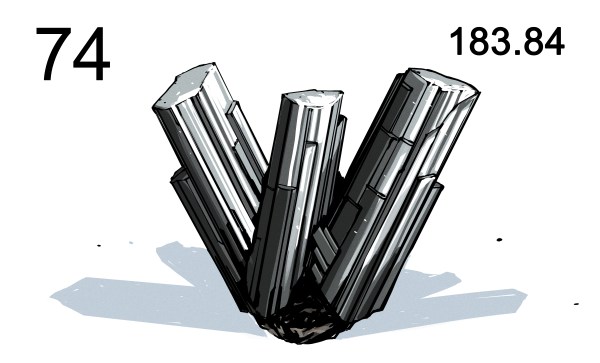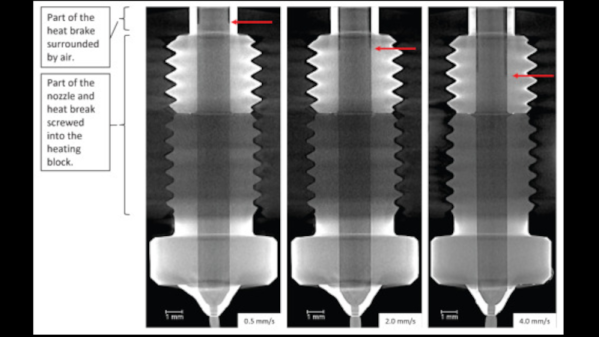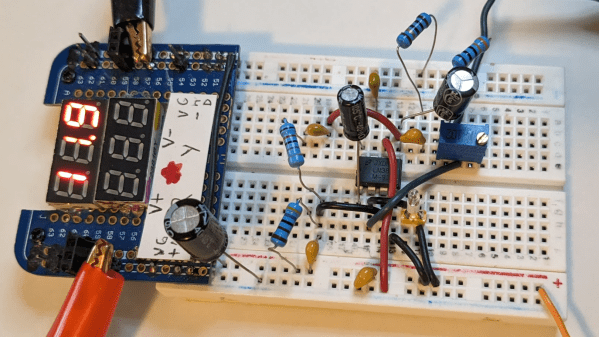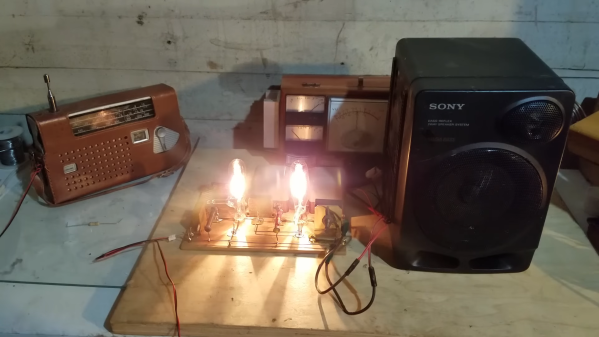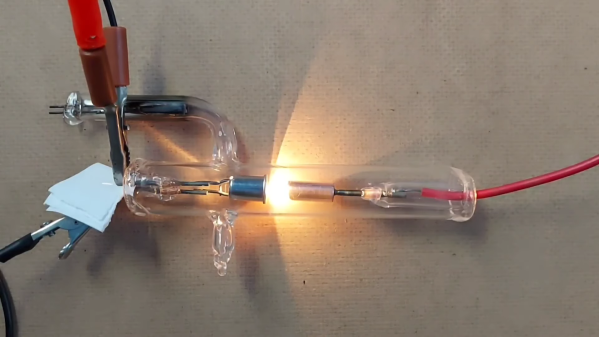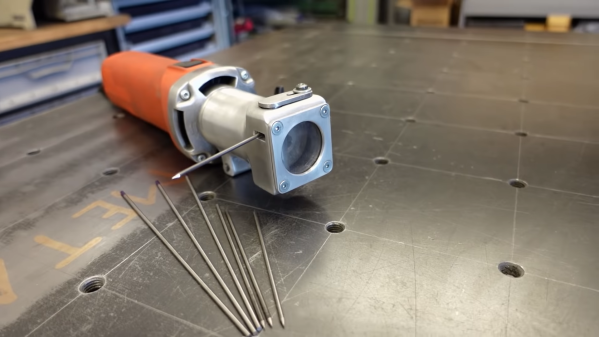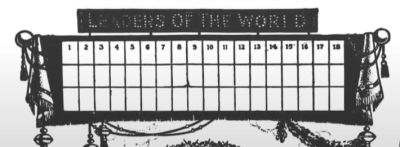Our metallurgical history is a little bit like a game of Rock, Paper, Scissors, only without the paper; we’re always looking for something hard enough to cut whatever the current hardest metal is. We started with copper, the first metal to be mined and refined. But then we needed something to cut copper, so we ended up with alloys like bronze, which demanded harder metals like iron, and eventually this arms race of cutting led us to steel, the king of metals.
But even a king needs someone to keep him in check, and while steel can be used to make tools hard enough to cut itself, there’s something even better for the job: tungsten, or more specifically tungsten carbide. We produced almost 120,000 tonnes of tungsten in 2022, much of which was directed to the manufacture of tungsten carbide tooling. Tungsten has the highest melting point known, 3,422 °C, and is an extremely dense, hard, and tough metal. Its properties make it an indispensible industrial metal, and it’s next up in our “Mining and Refining” series.

